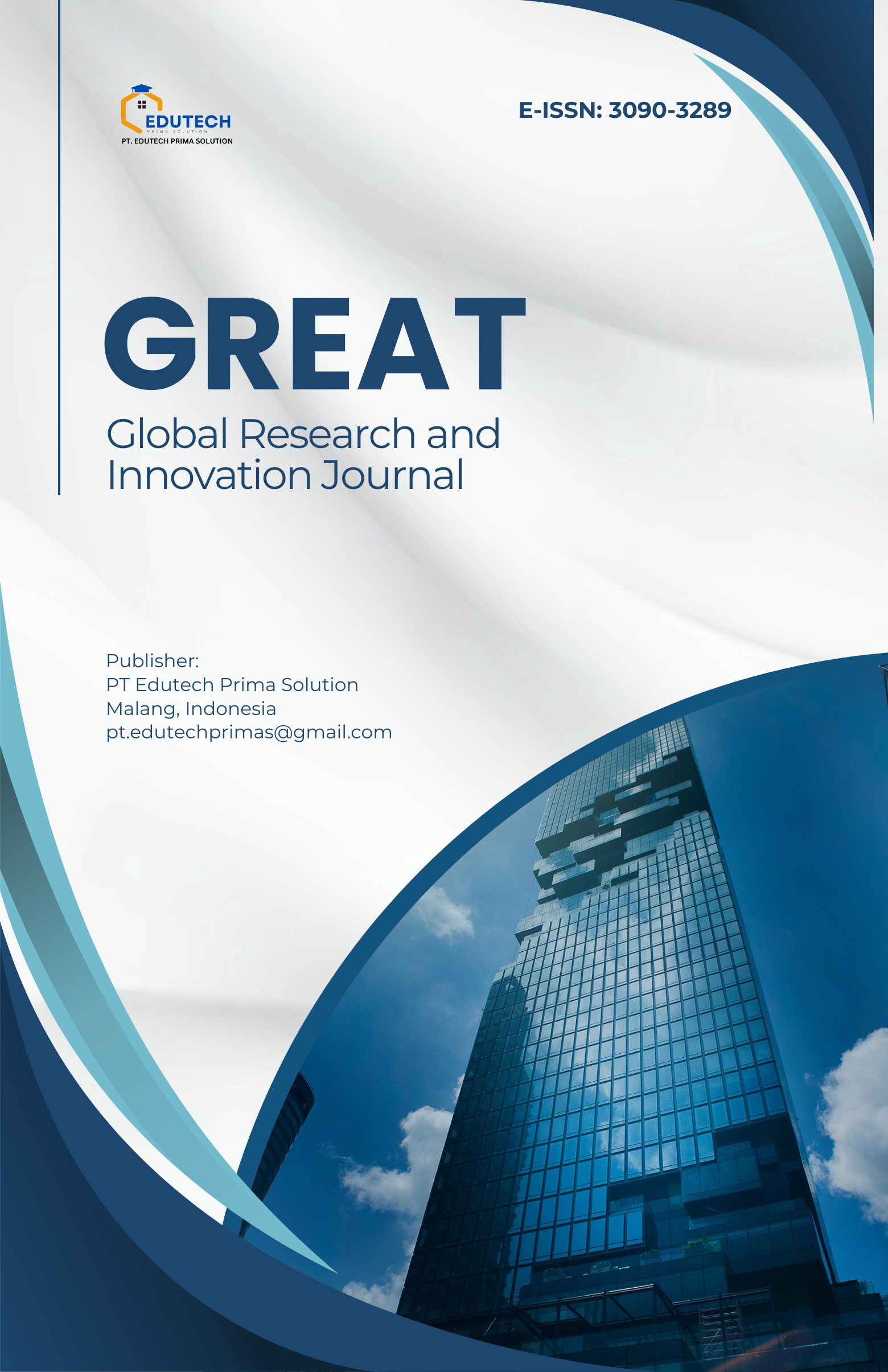TEACHERS’ PERCEPTIONS OF USING MOBILE-ASSISTED LANGUAGE LEARNING (MALL) TO FOSTER INDEPENDENT ENGLISH LEARNING
Keywords:
Mobile-assisted Language Learning, Teacher Perception, Learner Autonomy, Independent Learning, English EducationAbstract
Mobile-Assisted Language Learning (MALL) offers significant potential for fostering learner autonomy, yet teachers’ perceptions of its effectiveness remain underexplored, particularly in Indonesia. This qualitative study investigates how English teachers at SMK Swasta Pariwisata Medan perceive MALL as a tool to promote independent learning. Data from semi-structured interviews revealed that teachers value apps like Kamusku and Duolingo for vocabulary and listening practice but face challenges including technological disparities and student distractions. Findings suggest that strategic scaffolding and teacher training are critical to maximize MALL’s benefits in low-resource contexts. The study contributes to debates on technology-mediated autonomy and offers practical insights for EFL educators in similar settings.
Downloads
References
Benson, P. (2011). Teaching and researching autonomy in language learning (2nd ed.). Routledge.
Braun, V., & Clarke, V. (2006). Using thematic analysis in psychology. Qualitative Research in Psychology, 3(2), 77–101. https://doi.org/10.1191/1478088706qp063oa
Fieldman., R. S. 1999. Understanding Psychology. Singapore: McGrow Hill College.
Gibson., J. L., Ivancevich., J. M., & Donnelly., J. H. 1996. Teacher Efficacy: A Construct Validation. Journal of Educational Psychology, 76, 569–582.
Hazaea, A. N., & Alzubi, A. A. (2018). Impact of mobile-assisted language learning on learner autonomy in EFL reading context. Journal of Language and Education, 4(2), 48–58. https://doi.org/10.17323/2411-7390-20184-2-48-58
Hui, X.X., Liu, Z.F. and Chi, Y.M. (2023) A Review on Learner Autonomy with Mobile-Assisted Language Learning for EFL Learners at the Tertiary Level. Open Access Library Journal, 10: e10606. https://doi.org/10.4236/oalib.1110606
Holec, H. (1981). Autonomy and foreign language learning. Pergamon Press.
Kotler., P. 2000. Analysing, Planning, Implementation, and Control. New Jersey: Prentice Hall International, Inc.
Kukulska-Hulme, A., & Shield, L. (2008). An overview of mobile assisted language learning: From content delivery to supported collaboration and interaction. ReCALL, 20(3), 249–252. https://doi.org/10.1017/S095834400800013X
Levy, M. (2009). Technologies in use for second language learning. The Modern Language Journal, 93, 769–782. https://doi.org/10.1111/j.15404781.2009.00972.x
Little, D. (1995). Learning as dialogue: The dependence of learner autonomy on teacher autonomy. System, 23(2), 175–181. https://doi.org/10.1016/0346-251X(95)00006-6
Muranoi, H. (2007). Output practice in the L2 classroom. In R. M. DeKeyser (Ed.), Practice in a second language: Perspectives from applied linguistics and cognitive psychology (pp. 51–84). Cambridge University Press.
Nasution, U. A., Dewi, U., & Daulay, S. H. (2023). Students' perception of using mobile assisted language learning (MALL) as a media for learning English. Proceeding of Conference on English Language Teaching (CELTI 2023), 3, 951-958.
Nguyen, L. T. C., & Gu, Y. (2013). Strategy-based instruction: A learner-focused approach to developing learner autonomy. Language Teaching Research, 17(1), 9–30. https://doi.org/10.1177/1362168812457528
Niño, A. (2015). Language learners’ perceptions and experiences on the use of mobile applications for independent language learning in higher education. The IAFOR Journal of Education: Technologies & Education Special Edition, 73–84.
Purwaningrum, A. Y., Lengkanawati, N. S., & Yusuf, F. N. (2024). Examining mobile-assisted language learning as an autonomous writing tool for Indonesian secondary EFL students. Register Journal, 17(2), 328–351. https://doi.org/10.18326/rgt.v17i2.328-351
Robbins., J. 1996. Between “Hello” and “See you later”: Development of Strategies for Interpersonal Communication in English by Japanese EFL Students. Michigan University Press.
Sakai, S., & Takagi, A. (2009). Relationship between learner autonomy and English proficiency of Japanese learners. The Journal of Asia TEFL, 6(3), 297–325.
Sharples, M., Taylor, J., & Vavoula, G. (2007). A theory of learning for the mobile age. In R. Andrews & C. Haythornthwaite (Eds.), The Sage handbook of elearning research (pp. 221–247). Sage Publications.
Steel, C. (2012). Fitting learning into life: Language students' perspectives on benefits of using mobile apps. In M. Brown, M. Hartnett, & T. Stewart (Eds.), Future challenges, sustainable futures: Proceedings Ascilite Wellington 2012 (pp. 875–880).
Vygotsky, L. S. (1978). Mind in society: The development of higher psychological processes. Harvard University Press.
Downloads
Published
How to Cite
Issue
Section
License
Copyright (c) 2025 Hari Mukti Manullang, Neni Afrida Sari Harahap, Karunia Devi Frida

This work is licensed under a Creative Commons Attribution-ShareAlike 4.0 International License.













